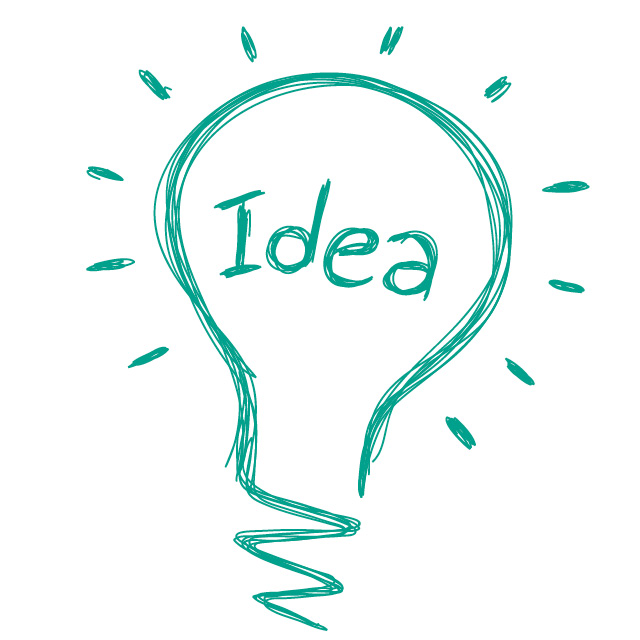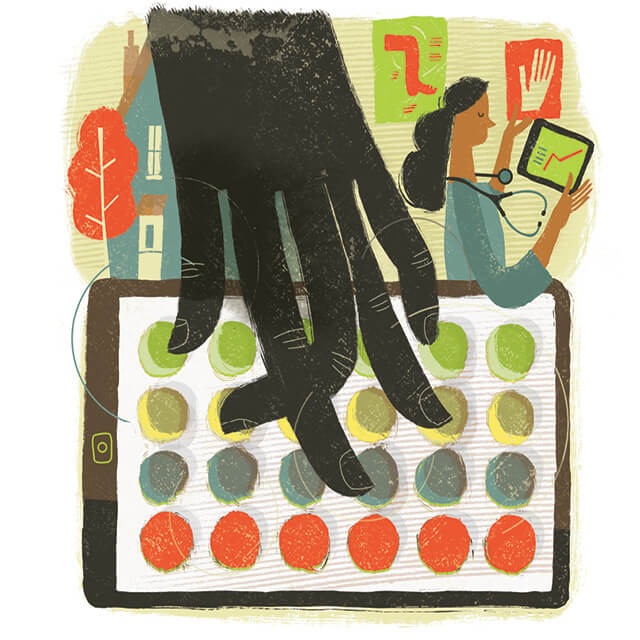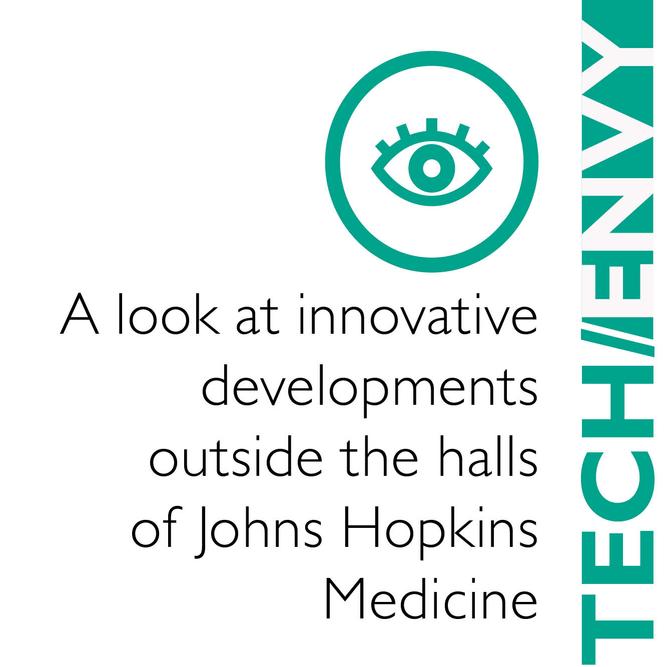Mitch Gaines needed a doctor. Muskaan Khosla needed a technology expert.
They found each other at MedHacks, a 36-hour technology competition held on the Johns Hopkins Medicine campus Sept. 8-10. The challenge, organized by Johns Hopkins University students, is part of Major League Hacking, the student hackathon league.
Hackathon participants use their knowledge of computer coding to develop creative solutions to all kinds of situations. For MedHacks, three sponsors each set a different medical challenge. Blue Cross Blue Shield sought ideas for improving access to care; CVS Health asked for help making sure patients take their medications; and the Armstrong Institute for Patient Safety and Quality wanted ideas for preventing patient harm.
“We have enormous problems to solve,” said Armstrong Institute Director Peter Pronovost during the opening ceremony on Friday night in Turner Auditorium. He said too many patients feel disrespected by the health care system, too many don’t take their medications and too many die of preventable errors.
About 500 students and professionals formed 99 teams. They arrived from Stanford University, the Massachusetts Institute of Technology and other universities, and from as far away as Iceland, India, Australia and Mexico. About 200 were from Johns Hopkins. All carried laptops, and most had sleeping bags.
“We’re about bringing together people from all different majors, from all different backgrounds,” said Johns Hopkins University engineering student Patrick Myers, who organized the event with classmate Suraj Shah. “If you’re really passionate about what you’re doing, you’ll come up with a better solution.”
Gaines, a sophomore at the Worcester Polytechnic Institute, drove seven hours from Massachusetts with fellow robotics engineering major Andrew Nagal, a junior. He stood in the crowded Miller Research Building holding a sign that read, “I need a doctor. Do you need a team?”
Before long, Gaines and Nagal found three doctors, who had all returned to school to earn master’s degrees from the Bloomberg School of Public Health. Muskaan Khosla and Vinithra Varadarajan practice in India, and Joe Amoah is a physician in Ghana. Another Bloomberg student, Ruchee Shrestha, also joined the team.
The six bounced around a few ideas before agreeing to focus on bedsores, a serious problem that lengthens hospital stays and increases infection risks worldwide. The doctors explained to the engineers that the debilitating wounds can form within a couple of hours when patients are immobile in bed. The engineers proposed a solution they called Active Bed Sore Prevention: a “smart bed” built on a grid of air pockets. It would sense when pressure was building to dangerous levels and automatically inflate and deflate the pockets accordingly.
The team had 36 hours to develop the concept, create a demo and fine-tune their pitch. Gaines, who had never been to Baltimore, drove to a Home Depot for materials to build a prototype. Sleep could wait for another day.
At 3 o’clock on Sunday afternoon, the finalists were named, and the Active Bed Sore Prevention team had made the cut. Each group then had four minutes to explain and demonstrate their projects on the Turner Auditorium stage, and four minutes to answer questions from judges. Winners in each category can work with that category’s sponsors to continue developing their ideas. Overall winners received $1,000 for third place, $1,250 for second place and $1,500 for first place.
An hour later, MedHacks was over and Active Bed Sore Prevention had taken overall first prize. Exhausted participants packed laptops and sleeping bags and said their goodbyes. “This was the most amazing experience,” said Khosla.
Gaines and Nagel had a long drive ahead of them. They had been in other hackathons, but this one was particularly meaningful, said Gaines, who had gone 30 hours without sleep. “We were interested in the medical theme. It means we are solving a real problem, which is what we like to do.”



